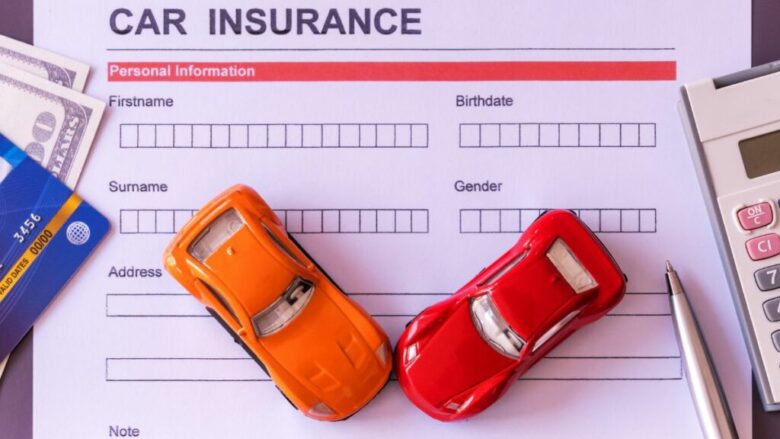All drivers must understand how the law applies to car insurance. This not only ensures compliance with local laws but also protects your finances in the event of an accident. Each state has its own rules about what types of insurance drivers must have and how much coverage they must have. Understanding these rules can help you avoid fines and other legal problems. This article discusses why car insurance is so important, the different types of legal requirements, the consequences of not getting car insurance, and how to ensure you meet your state’s requirements.
Why Car Insurance is a Legal Requirement
Auto insurance is required by law primarily to protect people and government funds. Without the necessary insurance, people involved in car accidents may have to pay exorbitant costs for their injuries and damages, which can cause significant financial stress for individuals and society as a whole. This rule ensures that all drivers pay for any injuries or damage they cause.
Types of Insurance that are Required by Law
Most state laws require some type of liability insurance. This type of insurance covers injuries and damage caused by the driver to other people or property. This basic coverage does not cover the policyholder’s injuries or damage to their car, but it is important to have this coverage so that others on the road and property owners do not have to pay for the damage. Some states require additional benefits, such as personal injury protection (PIP) in no-fault states, which pay a driver’s medical bills regardless of who was at fault. Uninsured/underinsured motorist coverage is another common requirement. This protects against costs incurred when another driver is at fault for an accident but does not have adequate insurance or insurance at all.
Minimum Coverage Restrictions
Each state sets its own required limits for liability coverage. These limits are generally divided into three groups: bodily injury per person, total bodily injury per accident, and property damage per accident. These limits are the minimum a driver must endure, but may not cover all costs of a major accident. Therefore, many drivers choose to purchase coverage higher than the minimum limit to protect themselves from potential financial risks if the minimum limit is exceeded.
Penalties for Lack of Insurance
If you drive uninsured or with insufficient coverage, bad things can happen. Penalties vary from state to state but usually include fines, driver’s license suspension, or even having your car towed. Repeated violations can lead to harsher penalties, making compliance a cheaper option.
Ensuring Compliance with Insurance Laws
To comply with their state’s rules, drivers must first understand their state’s insurance standards. Typically, you can do this through your state’s Department of Motor Vehicles or a state-run website. It’s important to consider your own needs based on factors such as the value of the car, how you typically use it, and your financial situation to determine whether you need more coverage than the legal minimum. Getting quotes from many different insurance companies can help you find the best coverage at the best price. Talking to an insurance agent can also help you understand everything and make sure you’re following all the rules.
Conclusion
Finally, all drivers must understand and comply with their state’s auto insurance rules. Following these rules will not only prevent you from getting into legal trouble but will also protect your finances in the event of an accident. With the right details and a proactive approach, drivers can easily meet legal requirements and get the right coverage for their needs.
FAQs
1. How much car insurance do I have to take out by law?
The minimum auto insurance required by law usually includes liability coverage. This protects someone else’s body and property if you injure or damage them in an accident. Different states have different minimum limits, so check your state’s Department of Motor Vehicles (DMV) website or contact an insurance agent for more information.
2. Why do you need to take out liability insurance?
Liability insurance is necessary so that if you cause an accident and are found to be at fault, you can be compensated for the damage you caused to others. Without this coverage, the injured party would have to pay all costs, which could result in losing money or being involved in a lengthy lawsuit.
3. What happens if I drive without protection?
If you drive without insurance, you could face fines, suspension of your driver’s license, or even have your vehicle towed. The severity of the penalties varies by state but often includes large fines and potential legal issues.
4. Can I purchase only the amount of insurance required by the state?
You can get the minimum coverage required by law, but it may not be enough to cover all your costs if you have a serious accident. Often, experts say you should buy more than the state minimum to protect your finances from large claims.
5. What is PIP (Personal Injury Protection)? Do I need it?
In some places, Personal Injury Protection (PIP) is an add-on to your auto insurance that pays for medical bills, lost wages, and other benefits after an accident, regardless of who is responsible. Where there is no debt this is required, but elsewhere this is not the case. Whether you need one depends on your state’s insurance laws and how you want your coverage to be set up.
6. What does safety coverage for uninsured or underinsured motorists include?
Uninsured motorist coverage protects you if you are involved in an accident with an uninsured driver. On the other hand, underinsured motorist coverage will protect you if the other driver has insurance, but it won’t be enough to cover all losses. Some states require this coverage, while others do not. Either way, it’s usually a good idea to buy it to make sure you’re fully covered.


